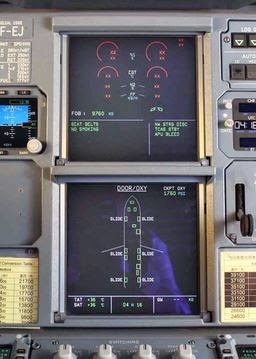The intermediate phase consists of 13 lessons including one competency check. The idea of this phase is to introduce us to management of the automatics and an introduction to various failures before starting our type rating in January. So far we have looked at hydraulic failures, engine failures and flight management computer failures. The basis to all of this has been ECAM (Electronic Centralised Aircraft Monitoring) handling. The ECAM comprises of two screens in the centre of the flight deck that provide information on all of the major systems and help the pilots to monitor status of the aircraft. It also has the benefit of telling what has gone wrong and how to deal with it in the event of a failure. I feel that this intermediate phase really puts us at an advantage for the type rating as we are already quite comfortable with the aircraft, freeing up capacity for us to tackle any abnormalities that the instuctors want to challenge us with. Plus it gives us a chance to build on our newly founded technical knowledge and see some of the practicalities of the various systems we learned about three weeks ago.
 | |||
| Upper and Lower ECAM screens with the engines shut down and the doors page on the lower screen |
With just under a week now until Christmas all that is left is for me to wish you all a Happy Christmas. I hope you enjoy the festive period.



















































